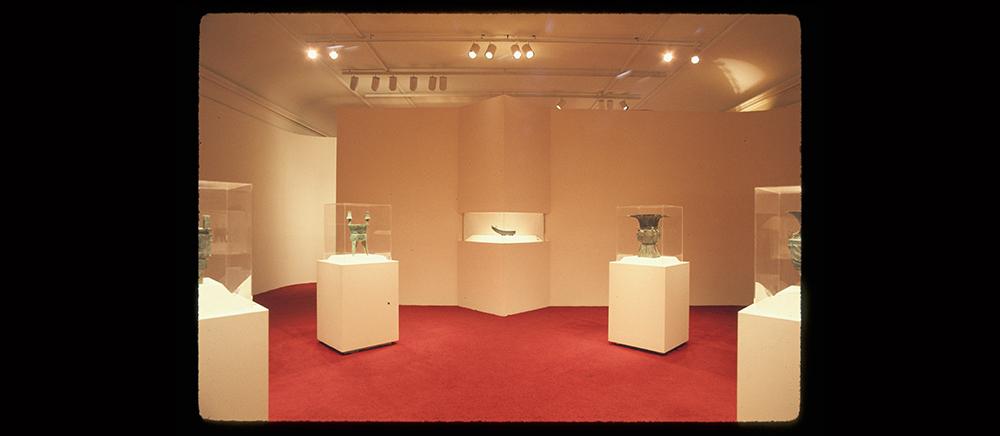Displaying Reform: Exhibitionary Architecture and the Early Reform Era in the People’s Republic of China

We can think of design as an inherently anticipatory process. This lecture explores how a history of exhibitionary architecture that starts in the 1970s in China and abroad contributed to the Chinese Communist Party’s efforts to reposition itself relative to the world at large.
Beginning in the early 1970s, and in the immediate wake of the Cultural Revolution, the Chinese Communist Party (CCP) began to reassess the role played by museums, political edifices, and sites of memory in socialist China and perceptions of China and its history abroad. The act of architectural design was formative to these efforts. As an inherently anticipatory process, design was expected to imagine the new spaces, experiences, and narrative structures necessary to rehabilitate various forms of Chinese cultural production both at home and abroad. As a specific form of spatial intervention, design’s facilitation of the international circulation of objects also aided China’s reintegration within broader global diplomatic and economic spheres of influence. A reexamination of exhibitions and their designs in relation to late and post-Mao China thus prompts new considerations, not only with respect to how objects in China were organized, mobilized, and exhibited by the state, but with respect to how architectural design aided in China’s efforts to reposition itself relative to the world at large.
This paper examines several exhibitions organized in and outside China between 1974 and 1982, including the famed Exhibition of Archaeological Finds of the People’s Republic of China on display at the National Gallery of Art, Washington between December 13, 1974 and March 30, 1975, and Environnement Quotidien en Chine (The Everyday Environment in China), an exhibition devoted to China’s built landscape held at the Centre Georges Pompidou from May 19 to September 20, 1982. Both events involved temporary transfers of objects and images, and in each case, design facilitated and accommodated both the movement and public presentation of these objects. These efforts provided a foreign public with particular impressions of what was taking place in relation to Chinese art and architecture, while also offering Chinese curators and architects insight into methods of exhibitionary design beyond China’s standard organizational paradigms—lessons that would later be tested in more in-depth studies of museum design and display over the course of the 1980s and 1990s. More generally, they represent acts of renewal, with a distinctive treatment of historical Chinese customs, iconography, and spaces that obscured the extent of what had been lost in China’s recent past and redirected domestic and international attention to China’s future.
People
Cole Roskam
Cole Roskam is associate professor of architectural history in the Department of Architecture at The University of Hong Kong. His research examines architecture’s role in mediating moments of transnational interaction and exchange between China and other parts of the world. He holds master’s and doctoral degrees in art and architectural history from Harvard University.
His research has been supported by the Graham Foundation for Advanced Studies in the Fine Arts, the Fulbright-Hays Program, the Mellon Foundation/American Council of Learned Societies (ACLS), the Society of Architectural Historians, the Center for Advanced Study in the Visual Arts (CASVA), and the University Grants Committee of the Hong Kong Special Administrative Region, among others.
His articles and essays have appeared in AD (Architectural Design), Architectural History, Artforum International, Grey Room, the Journal of Architectural Education, and the Journal of the Society of Architectural Historians. His first book, Improvised City: Architecture and Governance in Shanghai, 1843-1937, will be published by the University of Washington Press in early 2019. He is currently at work on his second book-length project, Designing Reform: Architecture in the People’s Republic of China, 1969-1989, which is under contract with Yale University Press.

